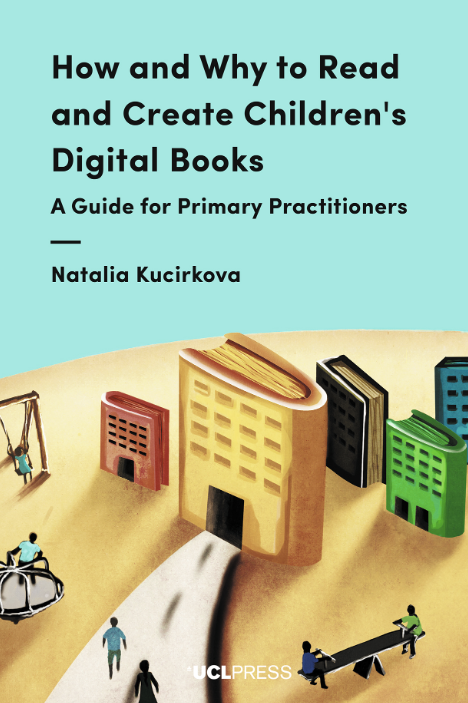How and Why to Read and Create Children's Digital Books
Editorial: UCL Press
Licencia: Creative Commons (by)
Autor(es): Kucirkova, Natalia
How and Why to Read and Create Children's Digital Books outlines effective ways of using digital books in early years and primary classrooms, and specifies the educational potential of using digital books and apps in physical spaces and virtual communities. With a particular focus on apps and personalised reading, Natalia Kucirkova combines theory and practice to argue that personalised reading is only truly personalised when it is created or co-created by reading communities.
Divided into two parts, Part I suggests criteria to evaluate the educational quality of digital books and practical strategies for their use in the classroom. Specific attention is paid to the ways in which digital books can support individual children's strengths and difficulties, digital literacies, language and communication skills. Part II explores digital books created by children, their caregivers, teachers and librarians, and Kucirkova also offers insights into how smart toys, tangibles and augmented/virtual reality tools can enrich children's reading for pleasure.
How and Why to Read and Create Children's Digital Books is of interest to an international readership ranging from trainee or established teachers to MA level students and researchers, as well as designers, librarians and publishers. All are inspired to approach children's reading on and with screens with an agentic perspective of creating and sharing.
[London: 2018]
Compartir:
Una vez que el usuario haya visto al menos un documento, este fragmento será visible.


